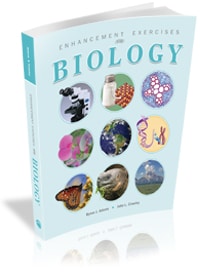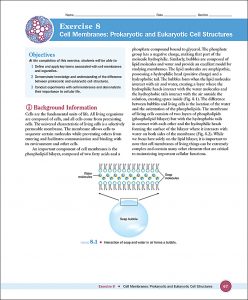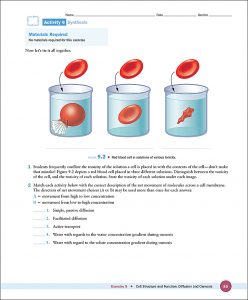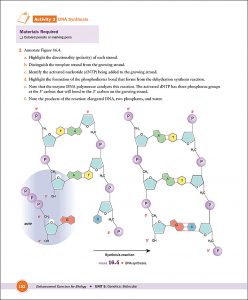Byron grew up on a small farm in rural northeastern California, where his parents and school teachers nurtured his love of the natural world. He completed his undergraduate degree in zoology in 1993 from Brigham Young University with an emphasis in marine biology and his Ph.D. in biological sciences from the University of Nebraska in 1998. Following a short stint as a postdoctoral fellow at the University of California-Davis, Byron took his first faculty position at the University of Florida prior to returning to Brigham Young University.
Byron's approach to understanding biology involves inferring evolutionary processes from patterns in nature. His research programs in biodiversity, evolution, and ecology have had the continuous support of the National Science Foundation as well as other agencies, including the United States Department of Agriculture and the National Human Genome Research Institute. His most recent projects involve fieldwork in Antarctica, where he and his colleagues are studying the relationship between biodiversity, ecosystem functioning, and climate change. When he's not freezing his butt off in the McMurdo Dry Valleys or the southern Transantarctic Mountains, he makes his home in Woodland Hills, Utah.




